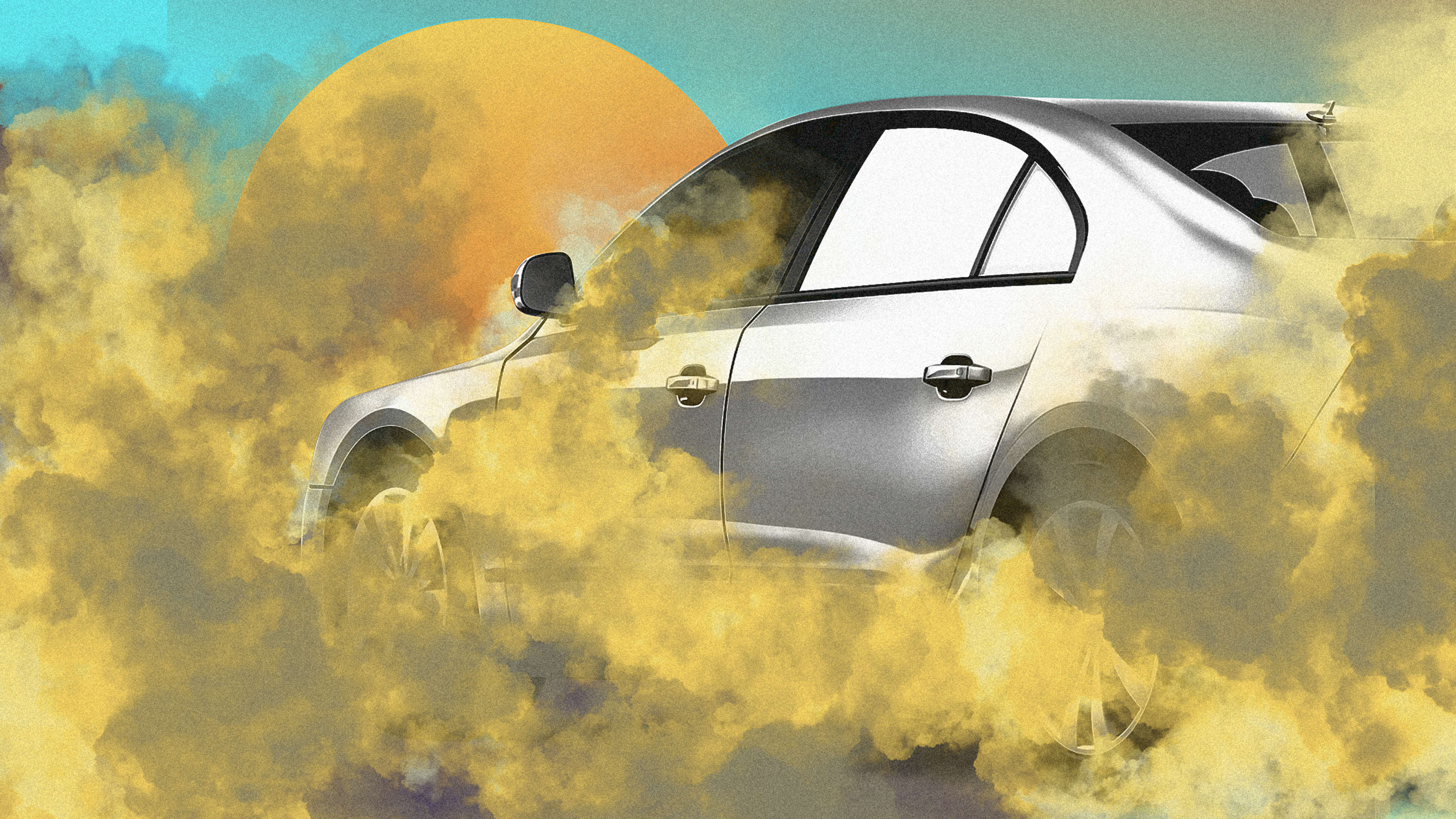We know that air pollution from traffic jams is harmful to people living in a city, causing all sorts of short- and long-term health problems for people who have to breathe the bad air. But one group of unexpected people is especially at risk, and more so in cities in the developing world with notably bad air: people driving in cars without air-conditioning. Drivers in poorer countries where air-conditioned cars aren’t common can be exposed to 80% more air pollution than if they had AC, just because they need to keep their windows down while driving.
A team of researchers from 10 different cities, in an effort led by the University of Surrey’s Global Centre for Clean Air Research, analyzed air pollution exposure levels for commuters in their respective metropolises: Dhaka, Bangladesh; Chennai, India; Guangzhou, China; Medellín, Colombia; São Paulo, Brazil; Cairo, Egypt; Sylaymaniyah, Iraq; Addis Ababa, Ethiopia; Blantyre, Malawi; and Dar-es-Salaam, Tanzania.
For the study, published recently in Science of the Total Environment, researchers in each city took particulate air matter measurements when driving during morning and afternoon peak hours and off-peak hours while enabling three different settings on their cars: windows open, windows closed with the fan on, and windows closed with air-conditioning recirculation on. They all drove the same kind of car, during similar weather, and followed routes that had similar air pollution exposure situations, such as passing congested main roads and then driving through residential areas.
The 10 cities did have different levels of air pollution, in part due to local traffic levels and how much that city has invested in environmental efforts. The higher the GDP of the country, the lower the levels of air pollution in that city (though Guangzhou was an outlier for this trend). In poorer countries, people are already exposed to more pollution and are also less likely to have cars with air-conditioning, meaning they’re exposed to even more pollution when they drive around with their windows open. Still, researchers did compare the relative variation in pollution when a car had open windows versus closed windows for air-conditioning for each city, rather than the overall concentrations of particulate matter.
In every case, driving with the windows open meant a higher exposure to pollutants for those inside the car. In-car exposure was also higher in most cities when driving during morning peak hours, so one way people can avoid air pollution while commuting, researchers say, is to travel during off-peak hours. In general, commuters who turned on their recirculation were exposed to up to 80% less in-car pollutants, compared to those with their windows down. Having the windows up with the fan on meant less exposure than when the windows were open, but more than when the air-conditioning was on, because more external air was still brought into the car.
But having your air-conditioning on doesn’t mean you’re not exposed to any pollution. “Irrespective of city and car model, in-car filters are more effective in removing coarse particles than fine particles,” researchers wrote, meaning there’s still a need for cars to have better filtration technology.
“To be blunt, we need as many cars as possible off the road, or more green vehicles to reduce air pollution exposure,” Professor Prashant Kumar, director of GCARE at the University of Surrey, said in a statement. But green vehicles, cars with air-conditioning, or even the option to not rely on vehicle travel are a “distant dream” for many lower-income countries. It’s another example of the way inequalities and climate change are intertwined.
Recognize your brand’s excellence by applying to this year’s Brands That Matter Awards before the early-rate deadline, May 3.
